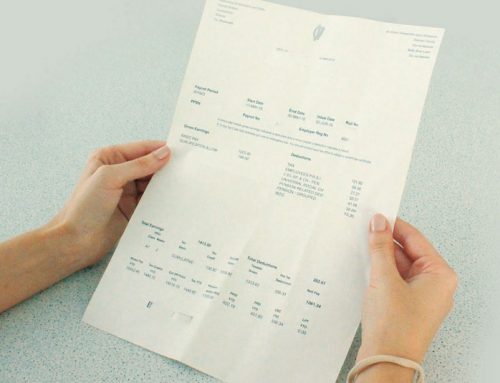As we move into a new year, we tend to look forward. We set ourselves financial goals to reach in 2021. For example, learning to put aside funds into savings accounts, starting an education fund for dependants, or saving for a mortgage deposit.
1. Types of Savings for Savings Accounts
There are three main categories when it comes to savings:
- Short term – Usually under one year (security/emergency fund, holidays, Christmas etc. within the next 12 months)
- Medium term – Commonly 1 year to 3 years (new car, purchasing property, planning a wedding)
- Long Term – Three plus years (children’s education fund, house renovations, disposable income savings)
During the summer of 2020, Irish residents had a savings rate of 35.4 per cent (which is household saving divided by gross disposable income). This was considerably higher than the EU average of 24.6 per cent. This was greater even than that achieved by the most renowned savers of all, the Germans.
This is a great position for the Irish citizens to be in, but it is becoming a problem for the financial services sector here. These financial sectors are struggling to find a home for all this money being lodged into savings accounts, which the Irish don’t want to spend.
2. Why are Banks Charging Negative Deposit Rates?
With negative ECB (European Central Bank) deposit rates, Irish-based banks are being charged to hold this money. Unsurprisingly, they pass this on to their customers. After all, with demand for credit muted, there is only so much they can do with the record levels of money on deposit.
Rather than introduce negative interest rates onto their individual savers, both Bank of Ireland and AIB have opted to introduce significant increases in the fees. Current account holders must pay be it to AIB savings accounts or Bank of Ireland savings accounts.
Credit Unions deposit your money with the banks, so they haven’t escaped these negative rates either. This means that when you lodge money with your local credit union, they have to lodge a certain proportion of this as reserves with a bank and be charged – as much as 1 per cent – for doing so. Due to this Credit Unions are starting to limit the funds an account holder can have on account at any time.
3. Savings Plans vs Deposit Accounts
This is all well and good, but what can we do to minimise fees paid to financial institutions and ensure that your money is in the right place and earning decent potential returns.
Let’s look at the children’s allowance for an example of how a regular savings plan can work. A contribution of €140 each month per child which some people are lucky enough not to need and can save it for 3rd level costs (which currently cost approx. €10,000 per annum)
If you put that €140 per year into a post office savings account for 18 years, you will have approx. €33,117 at the end of the term. Whereas if you opt to invest this and you receive a return of 6% per annum (less taxes) you will have €42,209 at the end of term.
The answer is a savings plan through an insurance company like Zurich, Aviva, Standard Life, Irish Life etc. A savings plan is an investment product that can be put in place with regular contributions of as low as €75 per month or as a lump sum investment. These contributions are then invested in funds.
4. What is an Investment Fund?
What is a fund? It’s a way for you to save for the future and make your money work harder. You put your savings into savings accounts, and (hopefully) watch them grow. Sometimes, people call it an “investment vehicle”. It looks complicated, but really, it’s not.
People, like you, put money into the fund. The fund invests in assets – things like green energy, currencies, government bonds – and it aims to grow your money over time.
Lots of people put money in a deposit account – they get a slow, predictable rate of growth. Funds aim to grow the value of your investment faster. Sometimes, a lot faster. The higher the potential for growth, the higher the risk of a fall in value.
That’s why it can be smart to invest across a number of different types of funds, spreading the risk. You can choose funds by their potential for growth, their geographic region, their volatility, or by the types of assets they invest in.
And you can easily switch between them. That’s the thing about investing in funds; it puts you in control. It’s important to have someone to help you pick the funds that are right for your goals, so talk to us now.
5. Is the Risk of Investing in Funds Worth It?
But “can’t I lose everything by investing”. Investing is the only way to make your money work as hard for you as you work for your money! The majority of investment accounts are linked to the stock markets. Stocks and shares are the best way to earn a return over the long term.
Over a 5-10 year period, a return of 6% annualized return would be easily achievable. Financial institutions such as banks, credit unions, post office,s etc. may give a max return of 1%. So as you can see the Savings Plan route means gives you the potential to earn 6 times the return.
Article contributed by Alan Buckley, Financial Advisor at MadeSimple at IPS Financial Advice






